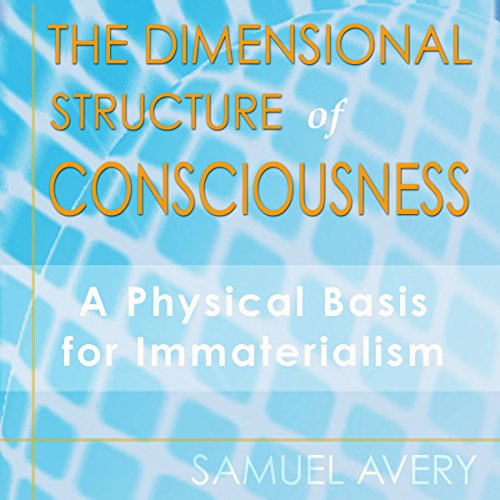Name coined by George Berkeley (1685-1753) for his own philosophy, now more usually called subjective idealism.
Berkeley’s choice of the term was to emphasize his own view that matter does not exist, but in calling his opponents (Rene Descartes (1596-1650), John Locke (1632-1704), and so on) materialists he was using ‘materialist’ in an unusually weak sense.
Descartes and others did indeed accept that matter exists, but they did not deny the existence of other things too, notably souls or spirits.
Source:
G Berkeley, A Treatise Concerning the Principles of Human Knowledge (1710)
Table of Contents
Last update 2020-06-17. Price and product availability may change.









